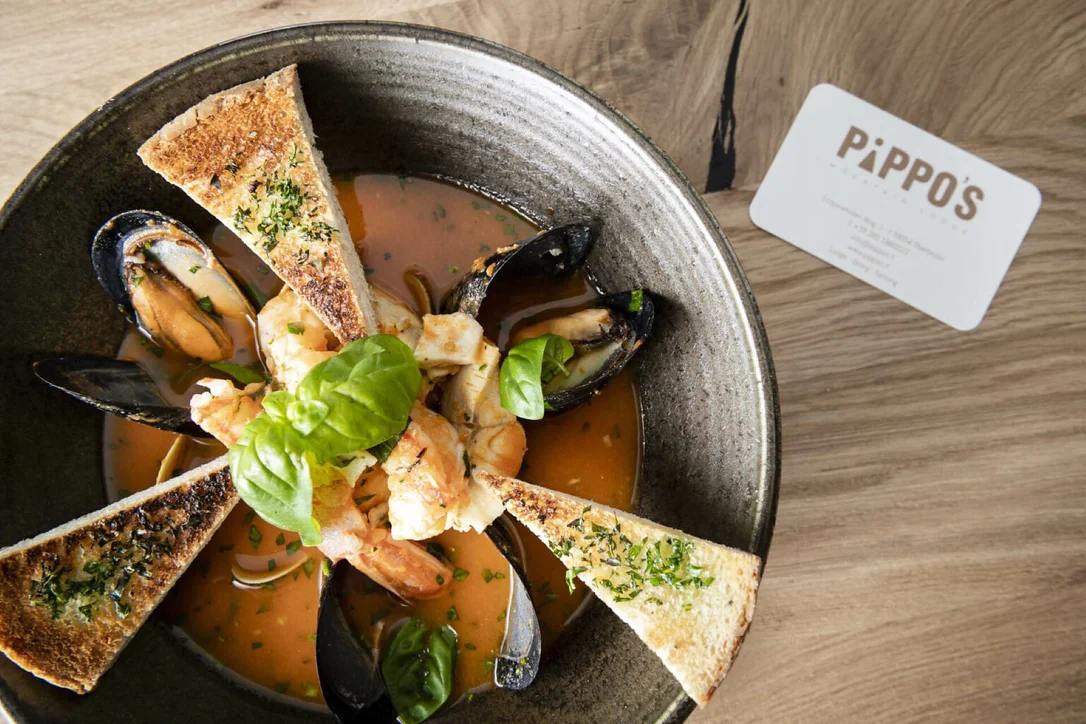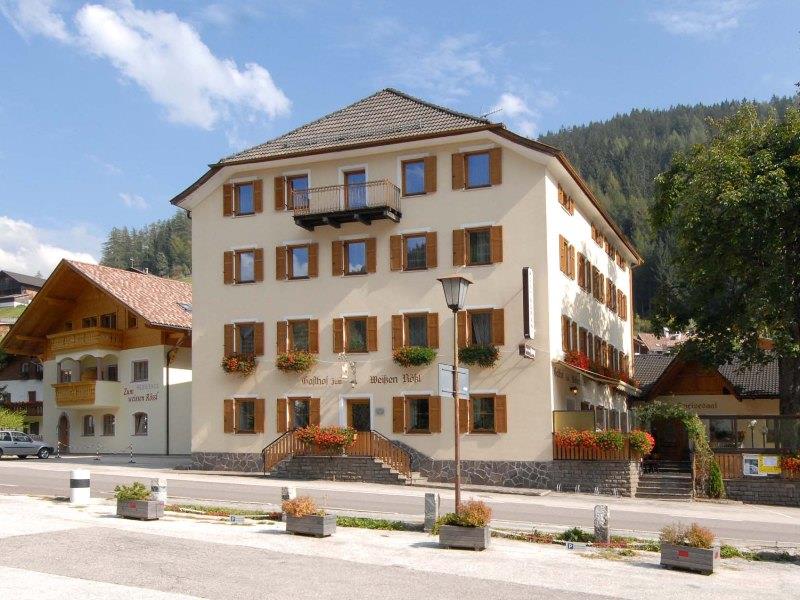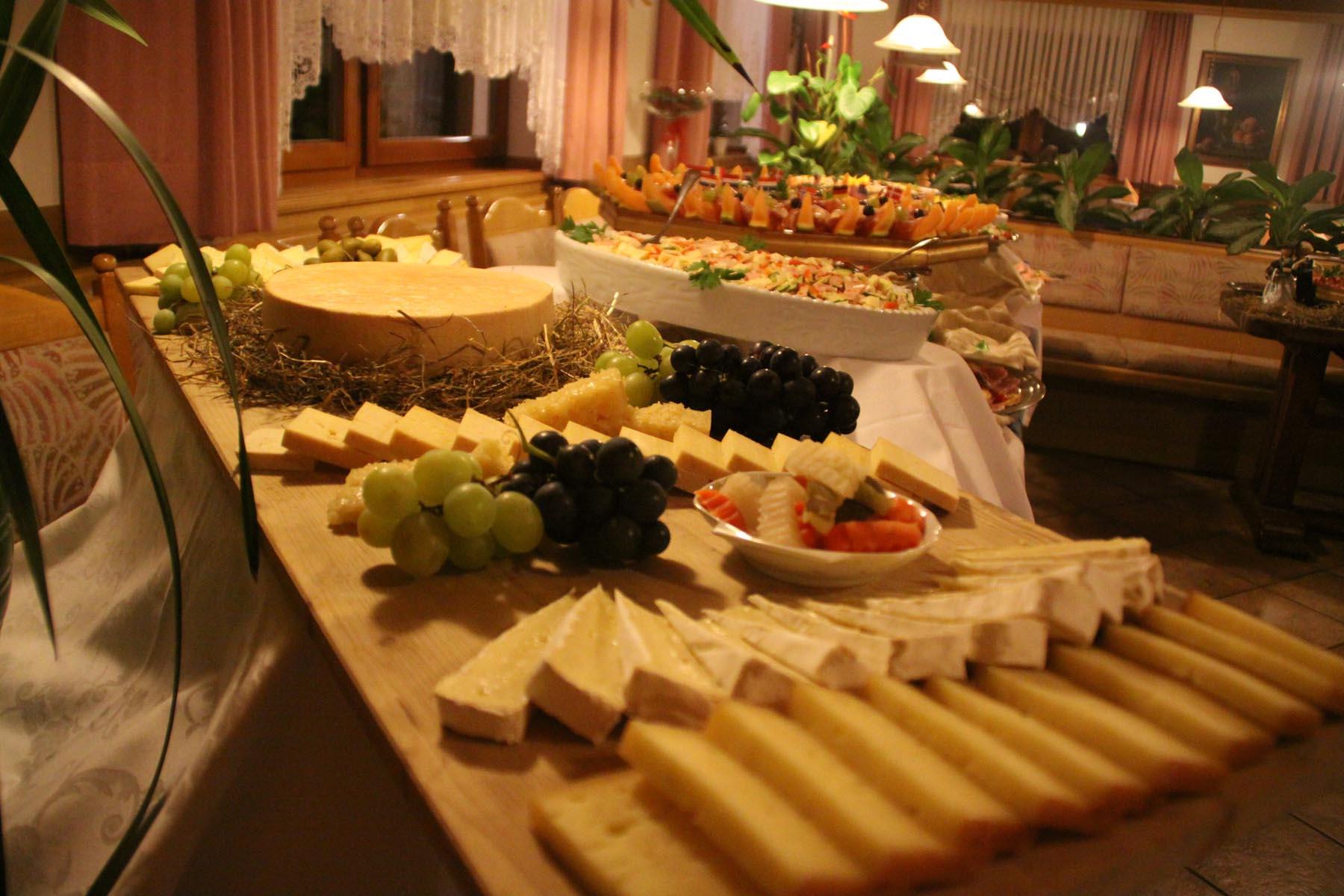Wine Bars
Bolzano/Bozen, Bolzano/Bozen and environs
With 224 members and 350 hectares of cultivation area in Gries, San Maurizio, Settequerce, S. Giorgio, Cologna, Santa Maddalena, Coste, S. Giustina, and Renon: the great strengths of the Bolzano Winery is its diversity. So in the higher locations that range up to 1,000 meters, Sauvignon Blanc and Gewürztraminer dominate, while at the medium elevations, it is Schiava. Further down, Cabernet and Merlot are planted, with Lagrein in the valley areas. The wines are made in the winery building with its futuristic appearance.
In narrowest terms, the Bolzano Winery is relatively young. It was launched in 2001 but is actually the result of a merger between the much older, established Bolzano wineries of Gries and Santa Maddalena. For that reason, tradition holds a major emphasis from the members, as does managing their often steep vineyards in a sustainable manner that is close to nature. “Working the soils and grapevines in a gentle manner is an important matter to our winegrowers,” says President Philipp Plattner.
In the meantime, the caution and prudence does not stop in the vineyard, but continues on in the winery. It is the first one in all of Italy to have been awarded the “KlimaHaus Wine” quality seal for energy efficiency and sustainability. Even in the winery, the focus is on slowing things down. That is where winemaker Stephan Filippi wields the baton and explains, “Because the processing takes place according to the principle of gravitation, the grapes are transformed in the most gentle way.” The result is unique, unmistakable quality wines. And great variety which in and of itself is worth a closer look.
In narrowest terms, the Bolzano Winery is relatively young. It was launched in 2001 but is actually the result of a merger between the much older, established Bolzano wineries of Gries and Santa Maddalena. For that reason, tradition holds a major emphasis from the members, as does managing their often steep vineyards in a sustainable manner that is close to nature. “Working the soils and grapevines in a gentle manner is an important matter to our winegrowers,” says President Philipp Plattner.
In the meantime, the caution and prudence does not stop in the vineyard, but continues on in the winery. It is the first one in all of Italy to have been awarded the “KlimaHaus Wine” quality seal for energy efficiency and sustainability. Even in the winery, the focus is on slowing things down. That is where winemaker Stephan Filippi wields the baton and explains, “Because the processing takes place according to the principle of gravitation, the grapes are transformed in the most gentle way.” The result is unique, unmistakable quality wines. And great variety which in and of itself is worth a closer look.
































